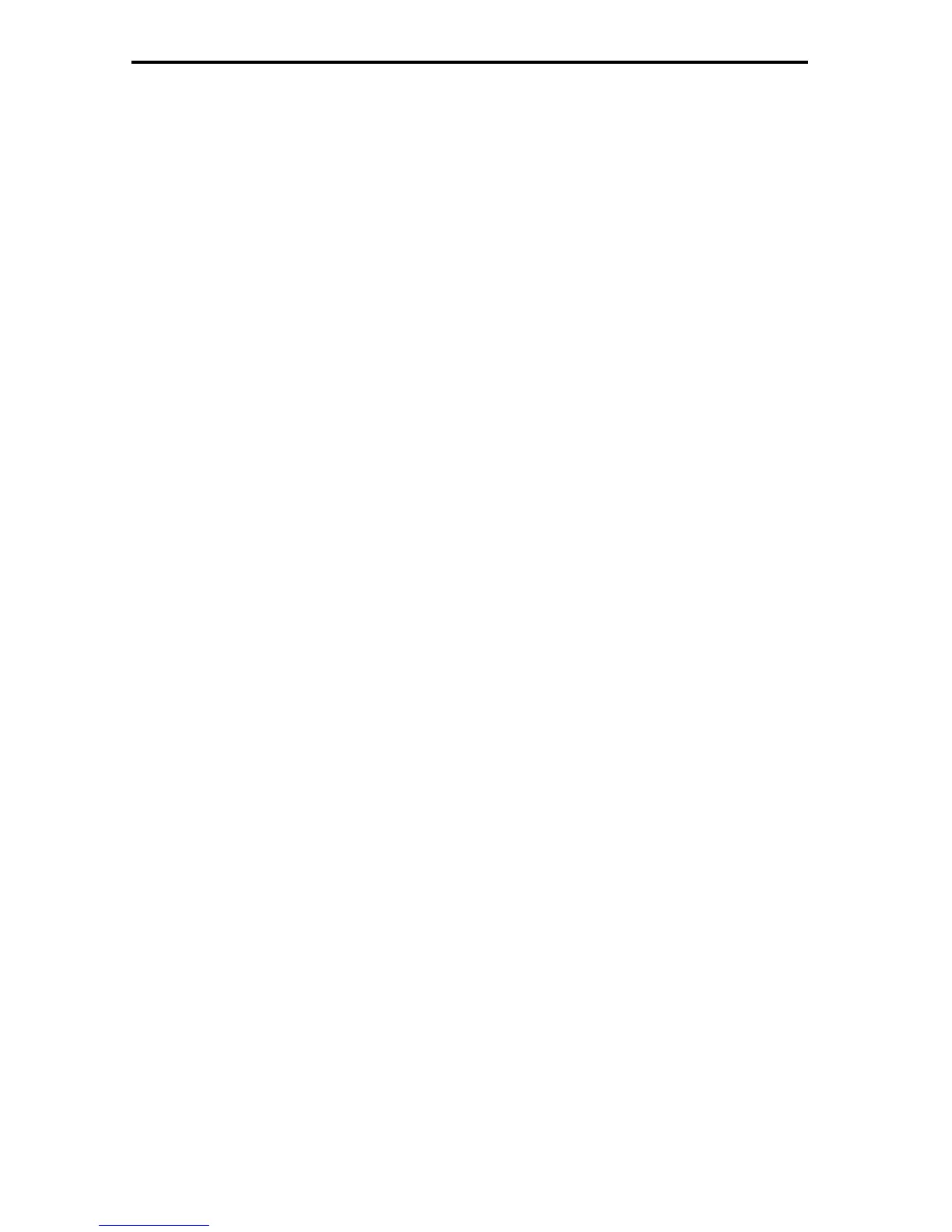4
• Your performance using the KARMA function can
be recorded to a song or pattern. You can also copy
a combination and use the KARMA function to
record your performance.
• You can use a cue list to set up consecutive
playback of multiple songs, and specify the
number of repeats for each song.
• You can use a maximum of 20 cue lists, 200 songs,
and 100 preset patterns. One song can use as many
as 100 patterns.
• KARMA Music Workstation can be used as a 16-
track multitimbral tone generator.
• You can perform using the RPPR (Realtime Pattern
Play/Recording) function, and make settings for it.
Song Play mode
• Here you can playback SMF (Standard MIDI File)
data from a floppy disk and play along with the
playback if desired.
• You can make effect settings for use in Song Play
mode.
• You can use the KARMA function while playing
along with the SMF playback. Up to four KARMA
modules can be used.
• SMF songs can be played back in succession. You
can use the jukebox function to playback songs in
any specified order.
Global mode
• Here you can make settings that affect the entire
this instrument, such as master tune and global
MIDI channel.
• You can create drum kits (64 kits) and user scales
(16 one-octave scales and 1 all-note scale).
• You can create drum kits using the 413 internal
drumsamples (ROM). You can also use
drumsamples from an optional EXB-PCM series
board (if installed).
• You can set the function of the assignable pedals
and assignable switches.
• You can transmit data dumps of MIDI exclusive
data.
Disk mode
• Data from each mode can be saved and loaded
using a floppy disk.
• Media such as floppy disks can be formatted, and
data can be managed by copying etc.
• Songs that you created in Sequencer mode can be
saved in SMF format. SMF files can be loaded as
Sequencer mode songs.
• You can use the Data Filer function (to save/load
MIDI exclusive data).

